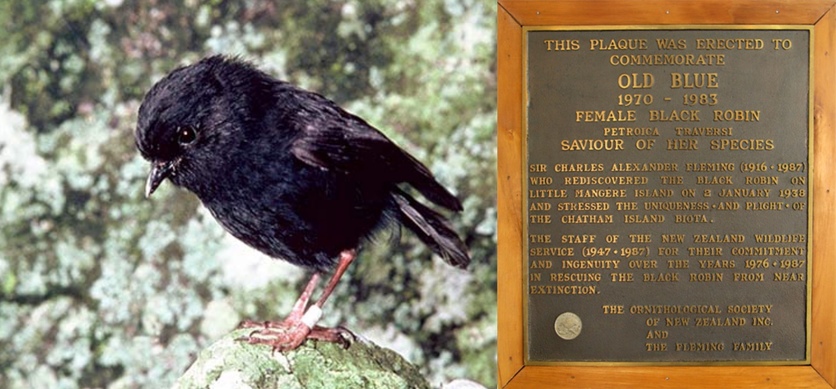In any one species, there is a large amount of genetic variation. The survival of a species is often linked with the extent of genetic variation within that species. This variation can be between individuals and between populations. Population genetics can tell a story of population change. Population genetics is also the unit of evolution.
Evolution by natural selection
Charles Darwin was a great observer. He voyaged around the globe observing the natural world. He noted that there was individual variation in populations, that offspring looked like their parents more than they looked like unrelated individuals of the same population and that, when there is overpopulation, there is competition.
He inferred from these observations that unequal reproductive success occurs – individuals with particular traits (and therefore genetics) are more likely to reproduce young that will themselves go on to reproduce and so on. He called this natural selection – or survival of the fittest (where fitness = reproductive success).
I have called this principle, by which each slight variation, if useful, is preserved, by the term of Natural Selection.
Charles Darwin
The evolution of populations can be explained by considering the changes in the traits of organisms over time from a process of natural selection.
Gene pools
Allele frequencies in the gene pool of a population change by natural selection and mutation. When there is a small population, one-off chance events that impact a number of individuals can cause significant changes in allele frequencies. This is called genetic drift.
A population will experience a genetic bottleneck when numbers become so low and the few surviving individuals only carry a proportion of the variation from the original gene pool. New Zealand populations of takahē and the Chatham Islands black robin have experienced a genetic bottleneck.
New genetic research using palaeogenetic techniques has shed new light on another iconic species – the takahē. It has not only uncovered the significant impact of humans and past climate change on the takahē but has also led to new theories on their evolutionary history.
ZEALANDIA resources for teachers and students
Urban ecosanctuary ZEALANDIA has produced a comprehensive set of teaching resources designed to support Biology Achievement Standard 91158. The interactive Planning pathways using takahē resources has links to the student task information and aquestion bank, and the article Takahē – a context for learning has ideas and links to other useful resources. Many of the materials can be used as stand-alone resources for learning about takahē biology, evolutionary history, ecological niche, threats and conservation.
Nature of science
Observation is one of the most important skills of any scientist. Take the time to look closely at the world around you, take notice of how things interact and of any changes you observe both long and short term. Be curious about why these changes occur, experiment with ideas. This is science.
Related content
Learn more about the basic concepts of evolution.
Find out more about genotype and phenotype.
Find out about the bottleneck effect in little spotted kiwi.
Read about the famous rediscovery of takahē and the huge effort that has gone into boosting the takahē population in the article Takahē conservation efforts.
New technologies can extend our scientific understanding. They can also mean we have to throw out earlier ideas. Learn more about changing ideas, new technologies and insights in the evolutionary story of us.
Discover how genetics analysis helped inform our understanding about ferns in the article A tale of two ferns.
Useful links
Below are some more examples of how extreme changes in population size have impacted New Zealand endemic species:
- From the brink of extinction – find out more about the black robin.
- Kākāpō is another species that is critically endangered. Its recovery combines the efforts of scientists, rangers, volunteers and donors. Find out more about the plan for kākāpō recovery and kākāpō gene sequencing.

